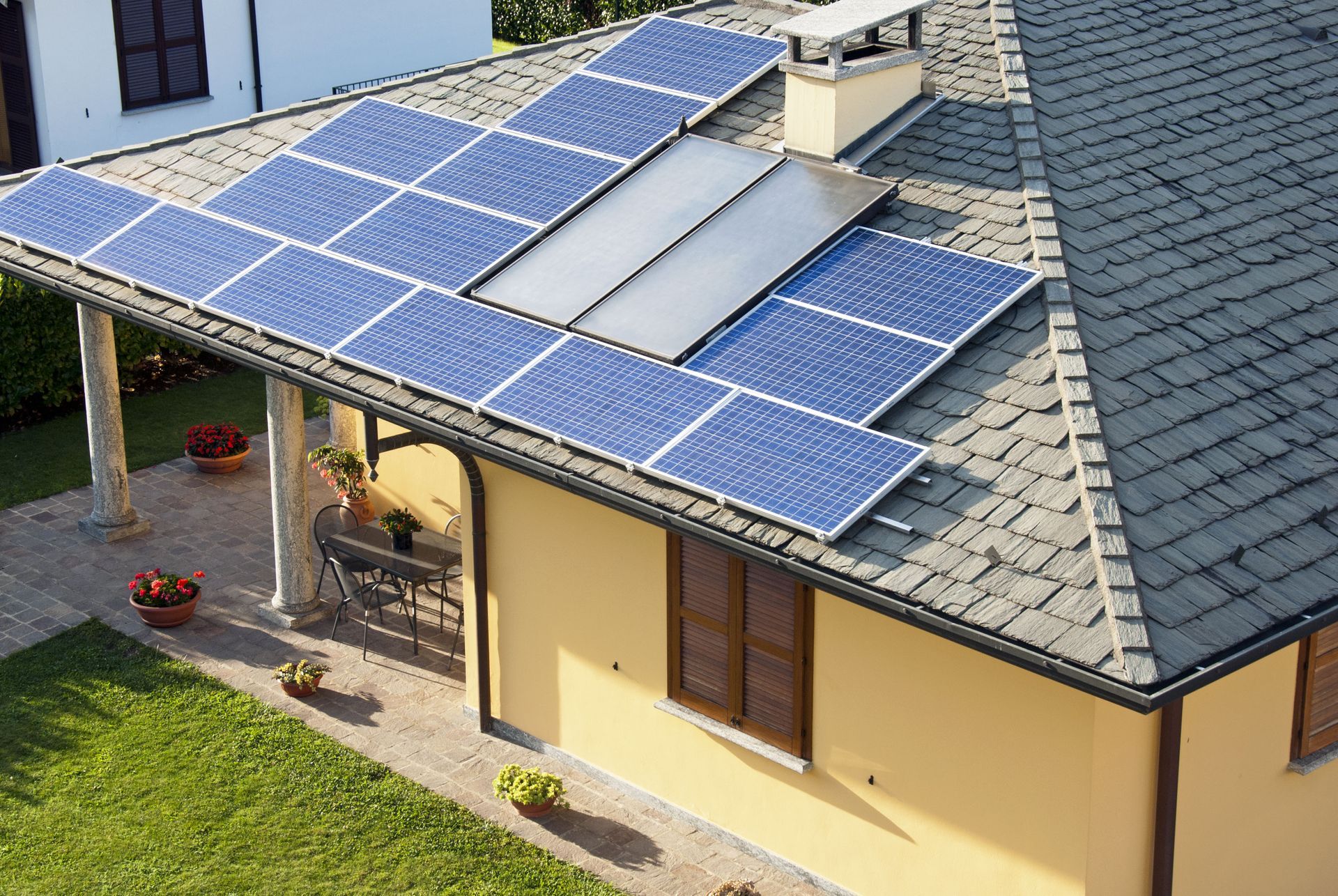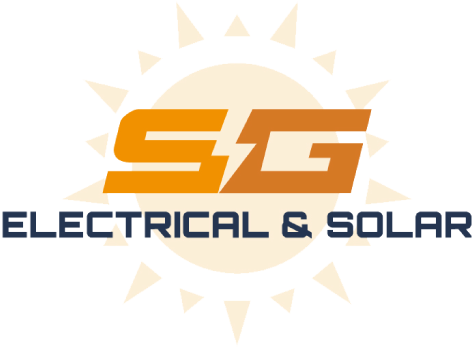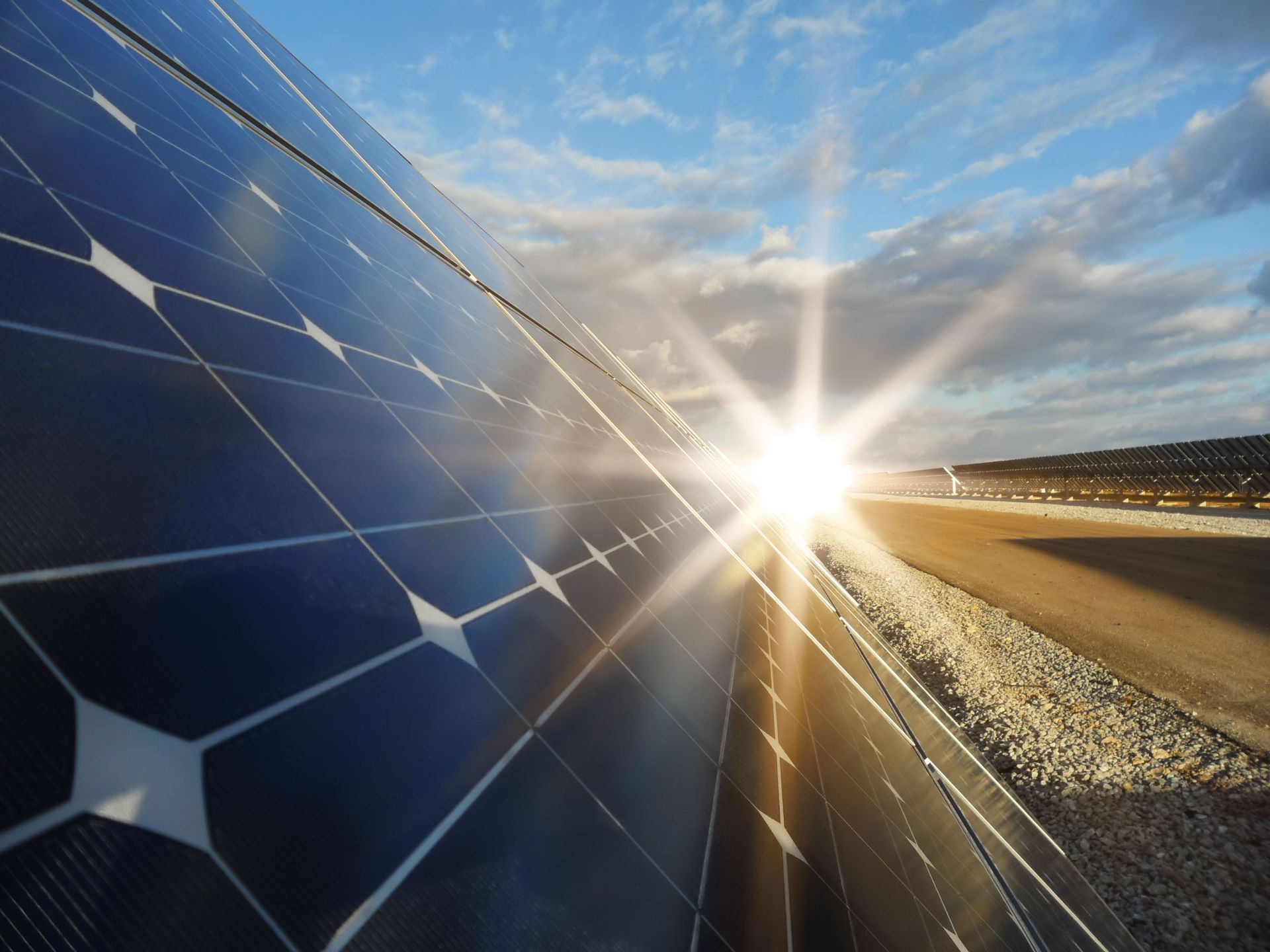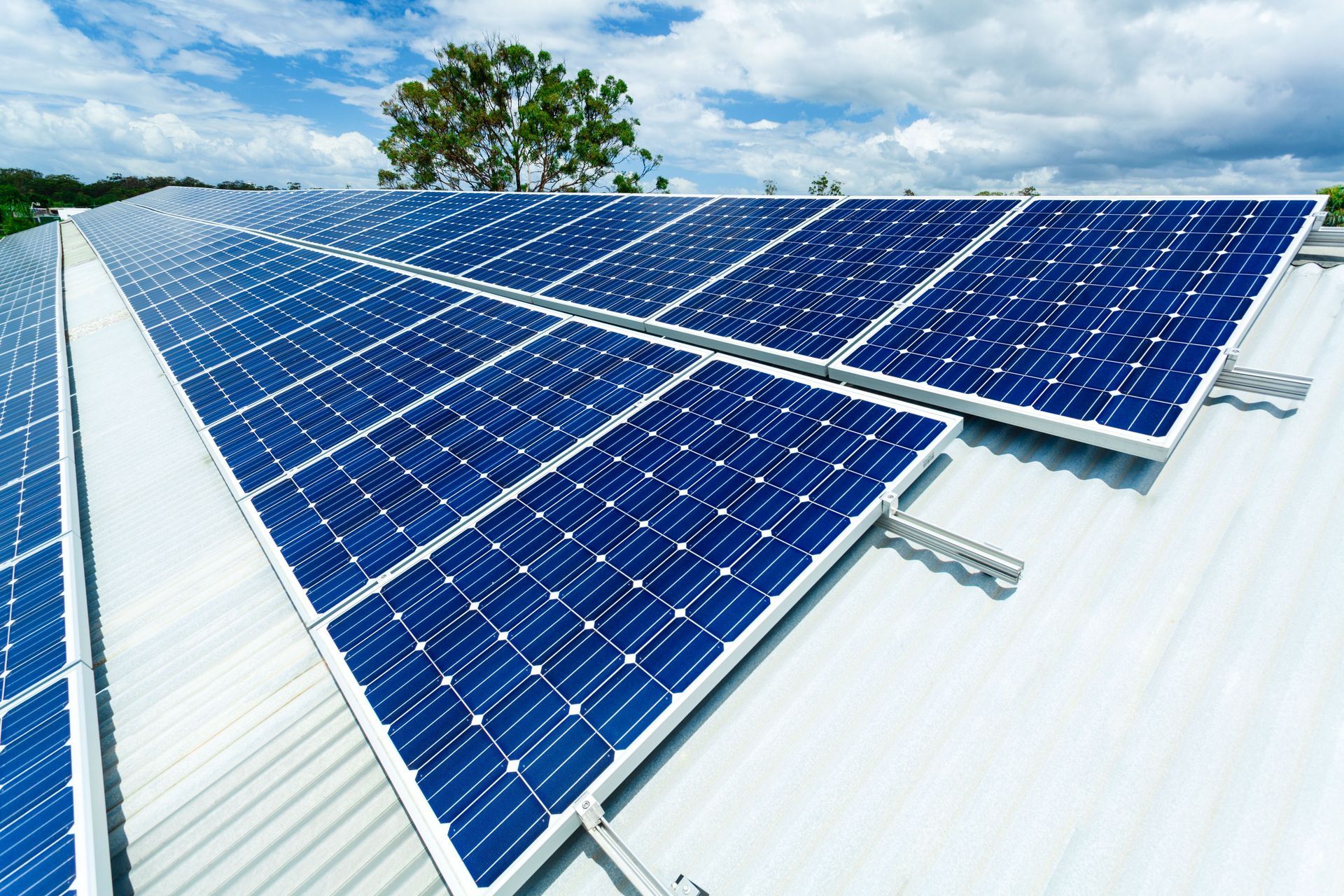September 25, 2025
Solar energy is increasingly becoming a viable option for sustainable power. However, despite its growing popularity, there are still numerous misconceptions that deter individuals and businesses from investing in solar panels. This article addresses these misconceptions, providing clarity and factual information to help consumers make informed decisions.
1. Solar Panels Are Too Expensive
Government Incentives and Subsidies
Government incentives have played a crucial role in making solar power financially accessible. Across many countries, tax credits and rebates have reduced the net cost of solar panel installation. These financial incentives can cover a significant portion of the initial investment, sometimes up to 30% or more. For instance, programs like the Federal Investment Tax Credit (ITC) in the USA have encouraged widespread adoption. Such policies reflect the recognition of solar energy’s potential to contribute to sustainable energy goals.
Long-Term Savings and ROI
While the upfront cost is a consideration, the long-term savings and return on investment (ROI) from solar panels are substantial. Once installed, solar panels can significantly reduce monthly electricity bills. In our experience, many homeowners see a full ROI within six to 10 years, after which their electricity becomes essentially free. In addition, those who invest in solar panel systems often see an increase in property values. Over time, the cost savings can far exceed the initial investment, making solar panels a financially sound choice.
Financing and Lease Options
Financing options have evolved to further alleviate the cost barrier associated with solar panels. Many companies offer solar leasing, allowing homeowners to rent panels instead of buying them outright. This means little to no upfront cost, with a lower fixed monthly payment that replaces variable electricity bills. Additionally, solar loans with competitive interest rates have become more common, enabling homeowners to manage the initial cost over several years. These financing solutions make solar a viable option for a broader range of consumers.
Energy Source Comparisons
When compared to traditional energy sources, solar energy often stands out as a cost-effective solution. The price of fossil fuels can fluctuate significantly, making utility bills unpredictable. Solar power offers a stable and predictable source of electricity. Furthermore, as traditional energy sources incur costs related to environmental impact and resource depletion, solar remains sustainable. According to EcoWatch, solar power made up over 15% of electricity generated by renewable sources in 2022, reflecting its growing prominence in the energy market.
2. Solar Panels Only Work in Sunny Climates
Cloudy and Overcast Conditions
A common misconception is that solar panels only operate well in sunny conditions. In reality, they can still generate electricity on cloudy or overcast days. Modern solar panels are designed to harness diffused sunlight, ensuring some level of power generation even without direct sunlight. Although efficiency may be reduced, solar panels are still viable in less sunny climates such as the Pacific Northwest or Northern Europe. This ability to function in various weather conditions broadens the potential use of solar energy globally.
Winter Performance Capabilities
Another misconception is that solar panels are ineffective during winter months. Solar panels can still generate electricity in winter, as they rely on light, not heat, to produce power. Reflective snow can even increase the amount of sunlight reaching the panels, enhancing their efficiency. Furthermore, cold temperatures actually improve the conductivity of the electrical components, allowing for more efficient power generation. Therefore, solar panels can perform effectively year-round, even in colder regions.
Technology Advances and Solar Panel Design
Technological advancements have significantly improved the efficiency of solar panels in different weather conditions. Innovations such as bifacial panels can capture light from both sides, increasing the energy output even under diffused lighting. Other developments include micro-inverters that optimize energy conversion for each panel, enhancing overall system performance. These advances maximize the energy harnessed from available sunlight, regardless of climate. Continuous research and development promise further enhancements in solar technology.
3. Solar Panels Require High Maintenance
Maintenance Practices
The notion that solar panels require high maintenance is another prevalent myth. In truth, solar panels require little upkeep after installation. Periodic cleaning to remove debris and dust can maximize efficiency, but this is generally needed only a few times a year. Many systems include monitoring capabilities to alert users of any performance issues, minimizing the need for regular inspections. Basic maintenance practices ensure panels remain efficient with minimal effort from the user.
Performance Monitoring System
Performance monitoring systems provide an automated solution to ensure solar systems operate effectively. These systems enable real-time tracking of energy production, alerting users to any glitches or inefficiencies. By providing data-driven insights, monitoring systems decrease the need for manual maintenance checks. In the event of a drop in performance, users can quickly address issues before they escalate. This technological advancement lowers the barrier for effective, ongoing solar panel management.
4. Solar Panels Will Damage the Roof
Installation Processes and Techniques
Another widespread myth is that solar panels will damage the roof during installation. Professional installation processes are specifically designed to avoid causing harm. Installers are trained to assess roof conditions and utilize mounting techniques that preserve structural integrity. Industry-standard practices ensure that the installation is safe and secure. Ultimately, when done correctly, solar panel installation poses no risk of damage to the roof.
Structural Reinforcement Options
In some cases, structural reinforcement may be necessary to support solar panel installations. Engineers can assess whether additional support is needed based on the roof structure and building codes. Reinforcements involve augmenting the current framework to securely anchor solar arrays without affecting the roof’s overall structure. Proactive reinforcement ensures the roof can handle additional loads from panels. This measure not only shields the roof but also guarantees the safety and durability of the installation.
Long-Term Roof Protection Benefits
Far from damaging roofs, solar panels can offer protective benefits. Solar panels act as a shield, protecting the roof from harsh weather elements like rain, hail, and ultraviolet rays. This additional layer extends the lifespan of the roofing materials underneath. In some cases, roofs with solar panels may experience fewer temperature fluctuations, reducing wear. The protection alongside energy savings illustrates how solar panels can be an asset to both the home and the environment.
5. Solar Energy Is Inefficient
Photovoltaic Technology
Perceptions of inefficiency in solar panels often overlook recent advancements in photovoltaic technology. Modern panels achieve efficiency rates that were previously unattainable, with ongoing research pushing these limits further. Technologies such as thin-film solar cells and concentrated photovoltaics have improved energy capture and conversion. Enhanced energy conversion means that less surface area is needed to generate significant electricity. As technological strides continue, solar panels promise even greater levels of efficiency in the future.
Real-World Performance Metrics
Real-world performance data provides tangible evidence of solar energy's efficiency. Monitoring systems track the electricity produced by solar panel installations, offering insights into actual output over time. Most users find that panels perform consistently and reliably, meeting or exceeding expected energy production targets. These metrics reinforce that solar energy systems deliver dependable power across different conditions. Access to performance data details the true benefits of solar energy beyond abstract efficiency rates.
Comparison with Traditional Energy Sources
Compared to traditional fossil fuels, solar energy's efficiency holds significant advantages. Unlike finite resources, solar power is renewable, offering a sustainable energy source without deterioration over time. Solar panels generate electricity directly through the photovoltaic process, bypassing conversion inefficiencies found in fossil fuel-based energy production. As fossil fuel prices fluctuate, the consistency of solar energy production becomes more attractive. These factors collectively make solar energy a practical and efficient option in the modern energy landscape.
Understanding the realities of solar panel technology can empower consumers and businesses to make informed choices about renewable energy sources. By debunking the myths surrounding solar panels, we can clear the path towards a more sustainable and environmentally friendly energy future, reducing dependence on fossil fuels and contributing to global efforts to combat climate change. Are you considering solar panels for your home? Reach out to our expert team at SG Electrical and Solar for more information.







